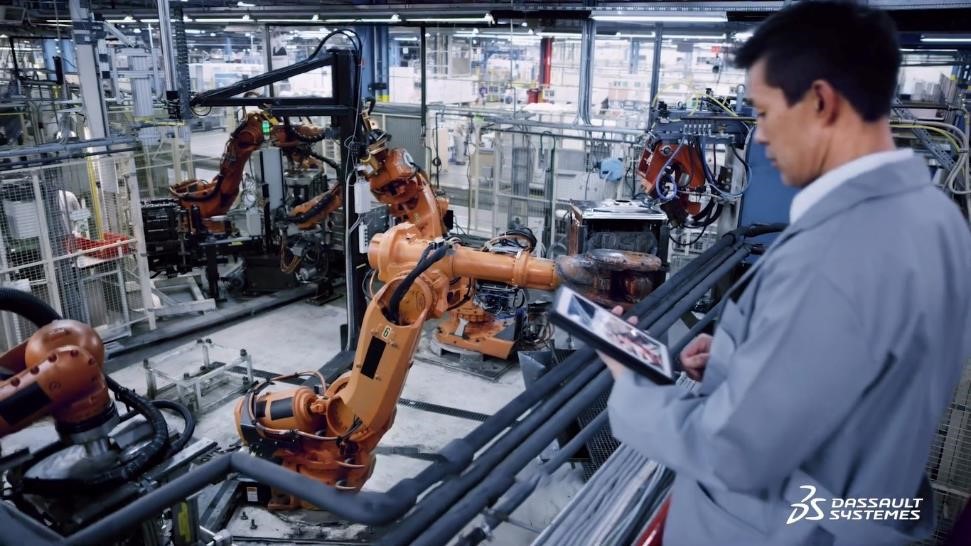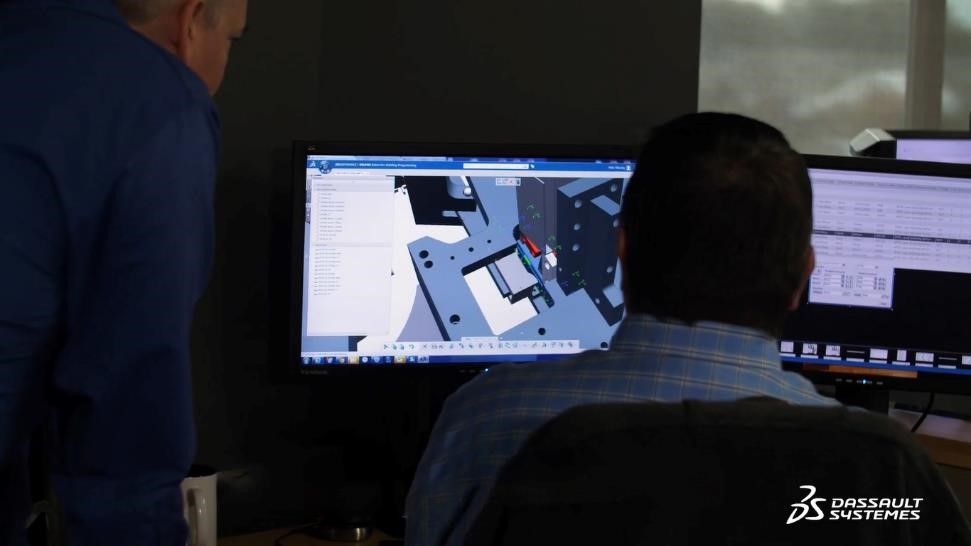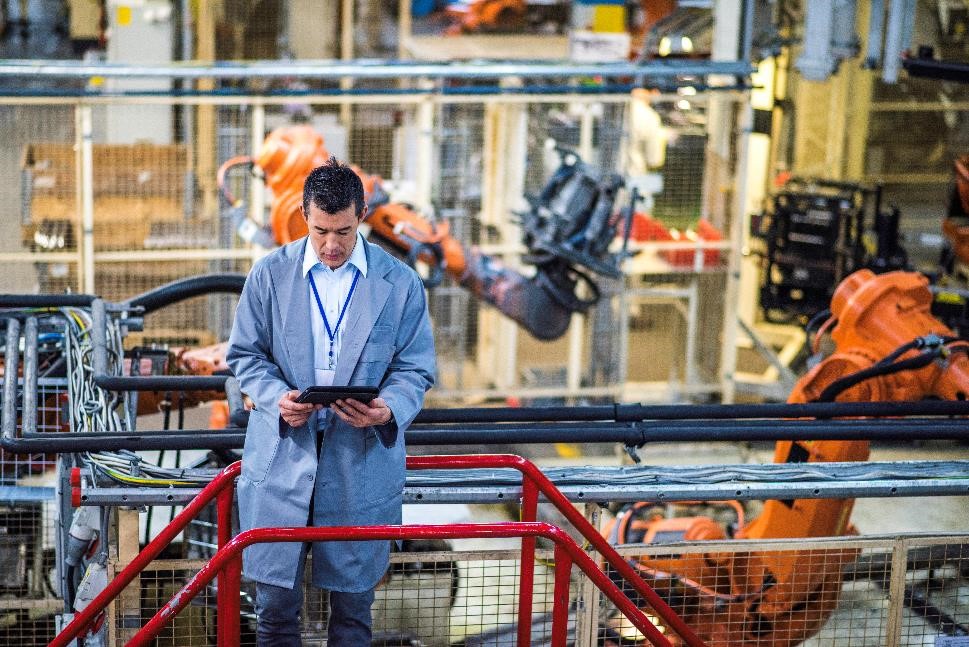The small and medium enterprise (SME) segment forms the economic backbone of many Asia Pacific countries – responsible for creating jobs for the masses, motivating the development of new products and services, spurring consumption growth, and playing a crucial role in promoting industry competition.
According to Thailand’s Office of SMEs Promotion (OSMEP 2019), in 2018, approximately 3 million companies were classed as SMEs, accounting for 86% of total employment in the country and contributing as much as 45% to the gross domestic product (GDP). However, SME contribution to the GDP dropped to 35% in the first quarter of 2021, according to OSMEP – a direct result of the harsh economic impact of the COVID-19 pandemic.
Manufacturing SMEs across Thailand need to transcend traditional business paradigms and must accelerate their adoption of digital technologies to compete in today’s constantly changing landscape. Digital transformation will open a new range of opportunities, enabling them to engage in higher levels of product and service innovation to better serve their customers, create new sources of value and ultimately enhance their competitiveness and resilience in both local and global markets.
Here are recommendations to some of the common questions posed from SME manufacturers, on how digital technologies can help them achieve greater productivity, agility and competitiveness in the market.
My customers frequently request for design changes. How can my engineering team manage multiple revisions and customer demands more efficiently?
Customer demands are evolving – they expect faster turnaround while often changing their requirements. That is why team collaboration is so crucial today. A model-based engineering system allows teams to collaboratively work together on a single model, eliminating silos altogether. SMEs need to look for a collaborative platform which can offer a unified database. This means that there is only one single source of truth for all teams to collaborate on, empowering businesses and people to innovate in entirely new ways and create products and services. The mold designer for instance, will have access to features such as plastic injection simulations in one single environment, working on one model. SME’s can also leverage more advanced features such as design automation to help you save more time. To ensure protection of data, SMEs can define which user groups are allowed access to the data, down to the individual level.
How can my production team manage design revisions and multiple variants?
Capturing knowledge is critical if you want to speed up your project or provide customization. Data can be imported from past projects, such as the type of accessories, configuration, or NC machine codes that have been used for similar products. For design changes, because we are working with a single digital model, information will flow seamlessly from design to production. The production team will receive a notification, and they will be able to easily update based on the new geometry. With a suite of integrated applications to define tool paths, simulate material removal and machine motion, SMEs don’t have to deal with the complexity of using multiple tools and data formats to validate operations.

How can my team better manage complexity with robots on the manufacturing floor?
With a collaborative platform, SMEs can carry out robotics programming and simulation with speed and accuracy. They have access to a large catalogue of robots, or can create their own custom robot. Robotic programming solutions will allow SMEs to simulate and validate robot tasks, as well as perform offline programming. These capabilities enables companies to optimize and increase the productivity of robot operations.
We intend to buy more robots and machines. How can I evaluate return on investments ahead of time?
SMEs can leverage virtual environments to layout and simulate their 3D manufacturing environment, and validate their best option. This means, no more investment in equipment beforehand in order to realize the outcome. Simulations of the factory floor, including Automated Guided Vehicles (AGVs), at the scale of one line or the entire factory can be built. The virtual twin simulation will help SMEs to identify the optimum setup, down to very fine details. Further, SMEs can validate production concepts, reduce cycle times, identify bottlenecks, or better understand resource utilization, all the while improving all aspects of the robot system.
How can I improve visibility and better manage operations on my shop floor?
To remain competitive today, traditional approaches to managing operations are no longer sufficient. A Manufacturing Operations Management (MOM) solution integrates all available sources of data onto a tablet, giving SMEs near real-time visibility and management over the entire shop floor. Through such a system, SMEs have key information such as machine statuses, work order progress, resource utilization, metrics such as Overall Equipment Effectiveness (OEE), and other data needed for monitoring and decision-making. Equipped with real-time information, SMEs can be agile and react quickly to unplanned events and changing customer needs.
We always seem to have quality issues on the shop floor. How can I improve output quality?
Quality management capabilities are natively integrated into a MOM solution. The dashboard gives an overall summary of the products that have gone through functional tests – which ones have passed or failed. Quality inspectors can choose the relevant product, and carry out paperless measurements on this system itself. If there are issues, non-conformance reports can be created for follow-up by the Quality Assurance (QA) manager. The QA manager can study, analyze and drive improvement from there. Alerts with defect codes can be sorted according to priority levels, so that these issues can be resolved in a timely and systematic manner.
For visual inspections, a virtual twin representation of the product can be generated to accurately annotate defects found, so that they can be quickly resolved and used for deeper analysis to drive improvement. Statistical Process Control (SPC) analysis can also be used to track product and process quality. It allows SMEs to track processes over time, check whether these processes are stable, and identify issues before defects appear on the production line.

A key prong of the “Thailand 4.0” national development plan, seeks to promote the adoption and innovation of digital and automation and robotics technology among SMEs. According to the “ASEAN SME Transformation Study 2020” by UOB, Accenture and Dun & Bradstreet, nearly three quarters (71%) of SMEs in Thailand ranked technology investment as their top priority, the highest among Southeast Asian economies.
With these solutions, SMEs can digitize their entire manufacturing process from design to production, bring manufacturing excellence to the next level, and transition to become factories of the future.

